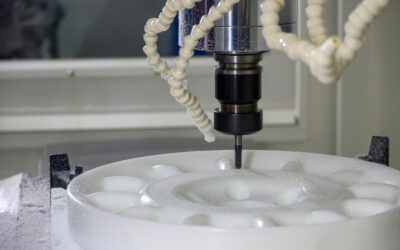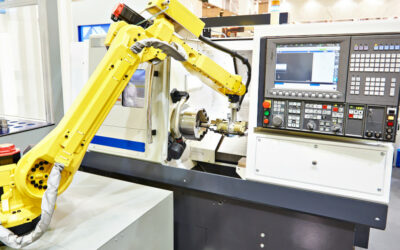In the 19th century, pocket watches were the order of the day, and watchmakers had no problem fabricating these watches using conventional lathes. However, things started to take a new turn for watchmakers when they started manufacturing wristwatches.
Because wristwatches required smaller components than pocket watches, the manufacturing technologies available at the time simply couldn’t machine these tiny components accurately without damaging them. But everything changed after Jakob Schweizer, a Swiss watchmaker, had a novel idea for manufacturing these small components. His idea formed the basis for developing swiss machining technology, which is now used to create several complex parts across different industries.
But what is swiss machining, how does it work, and what are its benefits in today’s complex manufacturing industry? This article answers all of these questions and more. It will provide helpful information to product designers looking to get their products done right.
What is Swiss Machining?
Swiss machining (also called swiss lathe machining or swiss turning) is a superb manufacturing method that turns a bar stock into the desired part. A swiss machine achieves this through its specially designed “sliding headstock,” which provides excellent stability for the bar stock as it feeds it into the tooling area of the machine.
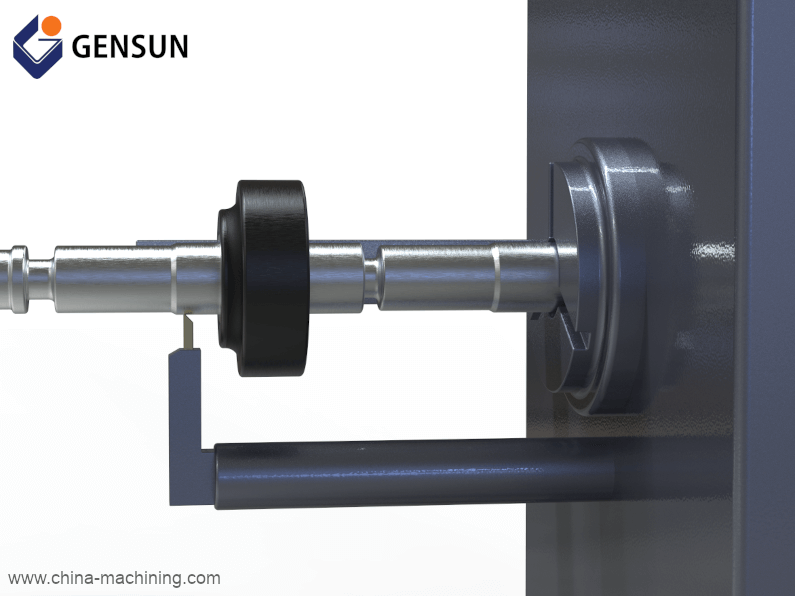
Figure 1: Swiss lathe machine
To better understand how swiss machines work, consider Figure 2, which shows the cross-section view of a typical swiss machining process.
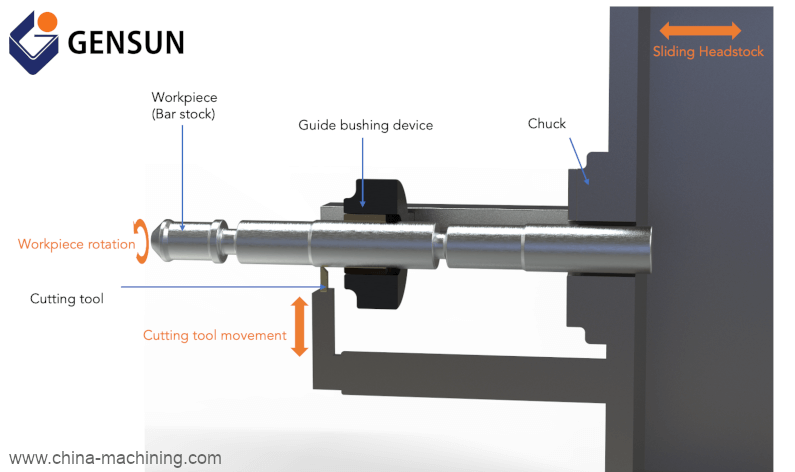
Figure 2: Cross-section view of a swiss lathe machine
Notice how the sliding headstock and guide bushing firmly supports the workpiece as they feed it into the tooling area of the machine. As a result, the workpiece can move back and forth along the horizontal axis while the cutting tool removes portions of material from it to create the desired part. This operation is quite different from traditional lathes, which feature a chuck that holds (and rotates) the workpiece in a fixed position against a cutting tool.
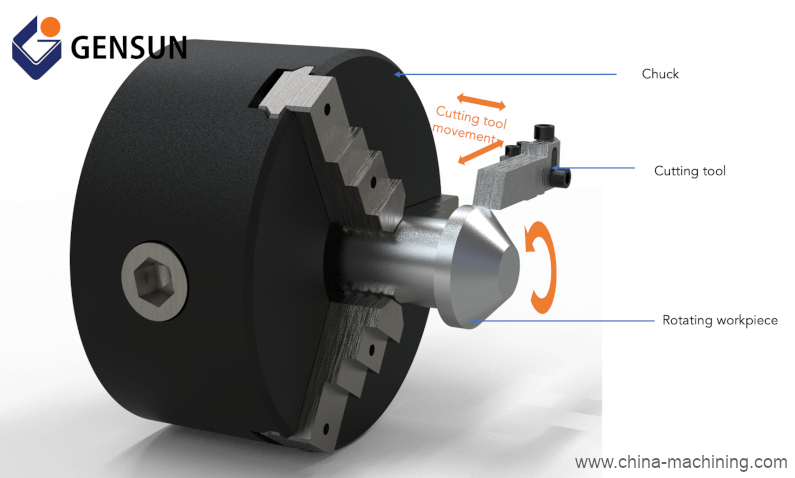
Figure 3: Conventional lathe machine
Computer numerical control (CNC) technology has been incorporated into modern-day swiss lathe machines. This technology automates the movement of the guide bushing, allowing machinists to create complex parts quickly, efficiently, and accurately.
Advantages of CNC Swiss Machining
#1 High Accuracy and Precision
CNC Swiss lathe machines can fabricate extremely complex parts (especially small, thin, and long components) while meeting tight tolerance requirements of up to 0.004 mm. The high accuracy of swiss machining is primarily due to the firm support of the workpiece by the machine’s guide bushing, eliminating vibration and ensuring the workpiece remains steady.
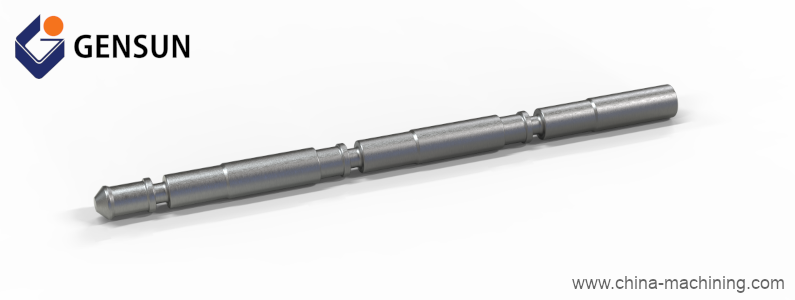
Figure 4: Long and slender part manufactured using swiss lathe machine
#2 Short Lead Time
The autonomous nature of CNC swiss lathe machines has made it pretty easy to get parts done quickly. For instance, CNC swiss machines can create as many as 40 parts per hour, whereas it will take conventional lathe machines days (or weeks) to create the same number of parts. This makes them ideal for manufacturing a high volume of identical parts during product development.
#3 Excellent Surface Finish
CNC swiss machines can machine parts to meet stringent surface finishing requirements. For instance, with swiss machines, you can achieve surface roughness values as small as 32 Ra, eliminating the need for secondary finishing operations.
Learn more: Understanding Surface Finish and the Surface Roughness Chart
#4 Flexibility
Swiss-type machines allow you to simultaneously perform turning and milling operations as the workpiece moves. This means you can produce many milled features (like slots, cavities, and hexagonal edges) without having to create additional setups or use milling machines. They are also compatible with several materials, including aluminum, carbon steel, brass, nickel, plastics, titanium, and stainless steel.
Learn more: How to Choose the Best CNC Machining Material for Your Project
Applications of Swiss Machining
The unique advantages of swiss machining over conventional manufacturing processes make them useful in several industries today. For instance, many aerospace parts manufacturers count on swiss machines’ precision to manufacture complex stainless steel parts to precise specifications.
The medical industry also relies on CNC swiss-type lathes to create prostheses, dental implants, and high-quality surgical instruments for medical devices like pacemakers. Companies in the energy, automotive, and electronics industries also create thousands of complex parts that require the highest quality standards using CNC swiss machines.
Swiss Machining Complex Parts: Gensun Can Help
Without a doubt, swiss machines can meet the requirements of complex product designs or features. However, the success of your project doesn’t only depend on using swiss machines; it also depends on the machine shop you work with.
Gensun Precision Machining is a leading provider of precision machining services across Asia. Not only do we have state-of-the-art Swiss machining technologies, but we also have highly experienced engineers, machinists, and quality control experts who work together to get your product done right.
Learn more about our CNC machining services.

